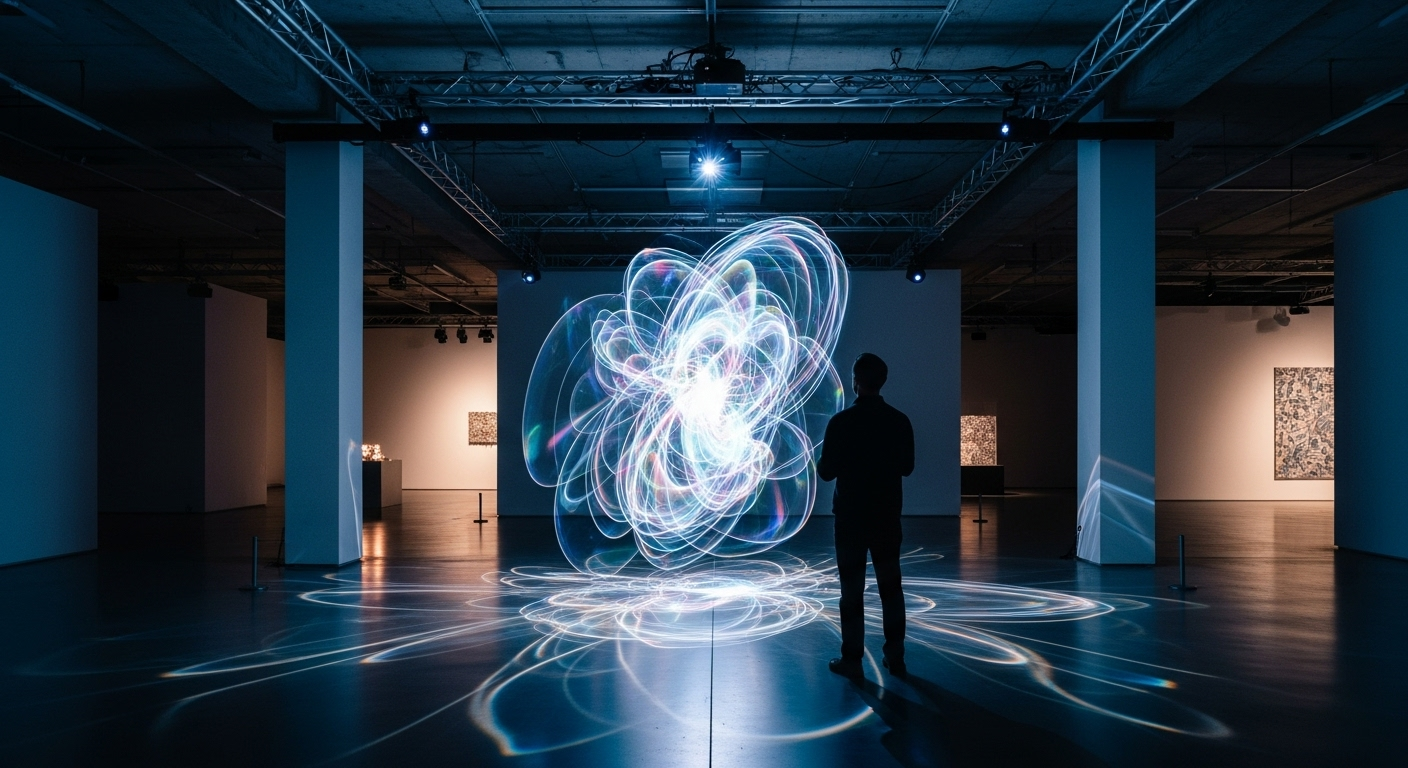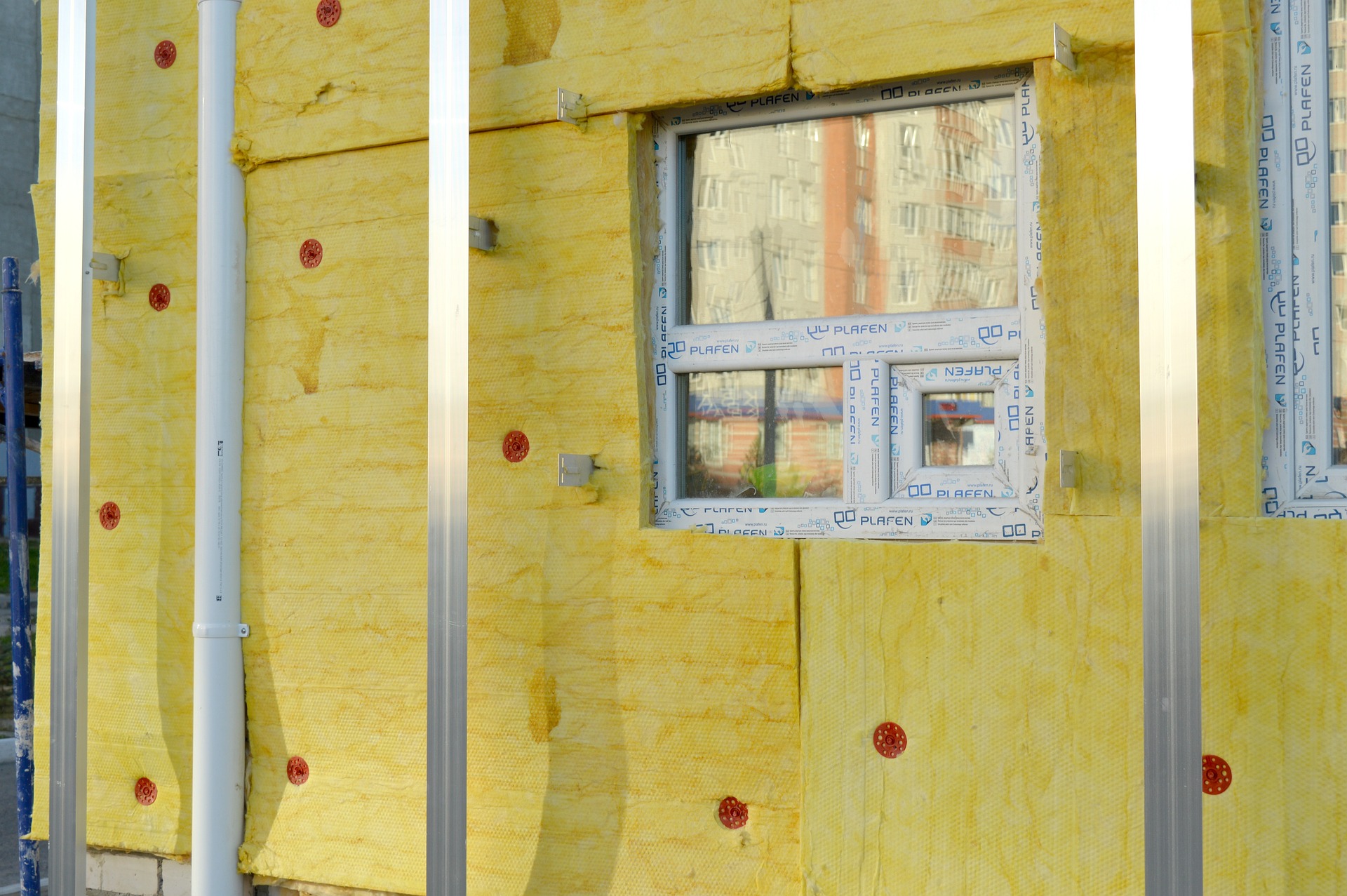Holographic Art: Painting with Light and Space
In the ever-evolving landscape of contemporary art, a mesmerizing form of expression has emerged, captivating audiences and pushing the boundaries of creativity. Holographic art, a fusion of cutting-edge technology and artistic vision, is revolutionizing the way we perceive and interact with visual media. This innovative medium transcends traditional artistic constraints, allowing creators to sculpt with light and manipulate three-dimensional space in ways previously unimaginable. As galleries and museums worldwide embrace this new frontier, holographic art is poised to redefine the relationship between artist, artwork, and viewer in the digital age.

Pioneers of Light and Illusion
As the technology matured, visionary artists began to explore its creative potential. In the 1970s, American artist Lloyd G. Cross made significant strides in integrating holography with other art forms, creating what he called integral holography. This technique combined holographic images with conventional photography and sculpture, resulting in dynamic, multi-layered artworks that seemed to defy physical laws.
The Holographic Renaissance
The turn of the millennium marked a new era for holographic art. Advancements in digital technology and laser systems allowed for more complex and interactive holographic installations. Artists like Rashad Alakbarov and Dieter Jung pushed the boundaries of the medium, creating immersive experiences that blurred the lines between reality and illusion. Their works often incorporated elements of movement, sound, and audience participation, transforming static galleries into dynamic, ever-changing environments.
Beyond the Gallery: Holographic Art in Public Spaces
As holographic technology becomes more accessible, artists are taking their creations beyond the confines of traditional art spaces. Public installations in urban centers have become increasingly common, turning cityscapes into canvases for ethereal light sculptures. These public works not only beautify shared spaces but also democratize access to cutting-edge art, allowing passersby to engage with holographic creations in their daily lives.
The Future of Perception: Holographic Art and Virtual Reality
The convergence of holographic art and virtual reality technologies promises to further revolutionize the artistic landscape. Artists are now experimenting with creating holographic experiences that can be accessed and manipulated through VR headsets, allowing for unprecedented levels of immersion and interactivity. This fusion of physical and digital realms opens up new possibilities for storytelling, education, and artistic expression, challenging our perceptions of space, time, and reality itself.
Challenges and Controversies in Holographic Art
Despite its growing popularity, holographic art faces unique challenges. The technology required to create and display high-quality holograms remains expensive, limiting access for many artists and institutions. Additionally, questions of authenticity and reproducibility arise in a medium where the artwork exists as light rather than physical matter. Critics argue that the emphasis on technological spectacle may overshadow artistic substance, while proponents see holography as a natural evolution of visual art in the digital age.
Collecting Light: The Holographic Art Market
As holographic art gains recognition in the fine art world, a niche market has emerged for collectors and investors. Galleries specializing in holographic works have opened in major cities, and auction houses have begun to feature holographic pieces alongside traditional media. However, the unique nature of holographic art presents challenges in terms of display, preservation, and valuation, requiring new approaches to art collection and curation.
Educational Frontiers: Holographic Art in Academia
Universities and art schools are increasingly incorporating holographic art into their curricula, recognizing its potential to bridge the gap between art and science. Programs that combine holography with disciplines such as physics, computer science, and visual arts are preparing a new generation of artists to push the boundaries of this emerging medium. These interdisciplinary approaches not only foster innovation in art but also contribute to advancements in fields like medical imaging, data visualization, and telecommunications.
The Environmental Impact of Holographic Art
As the art world grapples with issues of sustainability, holographic artists are exploring eco-friendly approaches to their craft. Some are developing energy-efficient display technologies, while others are creating works that address environmental themes through the medium itself. The ability to create large-scale, impactful installations without the need for physical materials offers a unique perspective on sustainable art practices in the 21st century.
A Luminous Future for Art
Holographic art stands at the forefront of a new artistic paradigm, challenging our perceptions and expanding the possibilities of creative expression. As technology continues to evolve, so too will the scope and impact of this luminous medium. From intimate gallery experiences to monumental public installations, holographic art is illuminating new pathways for artists, audiences, and innovators alike. In this age of digital transformation, holography offers a glimpse into a future where art transcends physical boundaries, inviting us to see the world—and ourselves—in an entirely new light.



